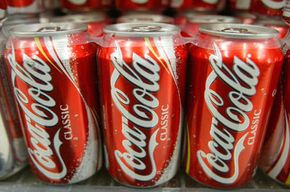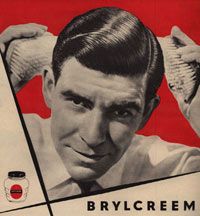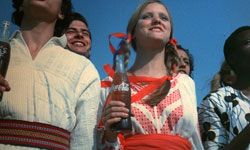Jingles are written to be as easy to remember as nursery rhymes. The shorter the better, the more repetition the better, the more rhymes the better. If you're being indecisive in the deodorant aisle and you suddenly hear a voice in your head singing "by … Mennen," you might drop a Speed Stick (manufactured by Mennen) into your basket without a second thought.
Jingles are designed to infiltrate your memory and stay there for years, sometimes popping up from out of nowhere. You probably fondly remember all of the words to the Oscar Mayer B-O-L-O-G-N-A song, the "plop plop fizz fizz" chorus of the Alka-Seltzer jingle, and countless other melodies from your childhood.
Psychologists and neurologists who study the effects of music on the brain have found that music with a strong emotional connection to the listener is difficult to forget. It was this discovery that led marketers to license pop songs for advertising instead of commissioning original jingles. It turns out that some pop songs contain earworms: pleasantly melodic, easy-to-remember "hooks" that have the attributes of a typical jingle.
Earworms, also known by their German name, "ohrwurm," are those tiny, 15- to 30-second pieces of music that you can't get out of your head no matter how hard you try (the phenomenon is also called Song Stuck Syndrome, repetuneitis, the Jukebox Virus and melodymania). The word "earworm" was popularized by James Kellaris, a marketing professor at the University of Cincinnati, who has done a great deal (for better or worse) to bring this phenomenon to the forefront of the study of advertising techniques.
We don't know much about what causes earworms, but it could be the repeating of the neural circuits that represent the melody in our brains. It might also have to do with some of the findings of researchers Alan Baddely and Graham Hitch, and the model of working memory, the part of the brain that practices and repeats verbal information [source: Models of Working Memory]. In 1974 Baddely and Hitch discovered what they called the phonological loop, which is composed of the phonological store (your "inner ear," which remembers sounds in chronological order) and the articulatory rehearsal system (your "inner voice," which repeats these sounds in order to remember them). This area of the brain is vital in early childhood for developing vocabulary and in adulthood for learning new languages.
Researchers have noted that the shorter and simpler the melody, the more likely it is to get stuck in your head -- this is why some of the most common earworms are jingles and the choruses of pop songs. Earworms tend to occur more often in musicians than nonmusicians and in women more than men. Those suffering from obsessive-compulsive disorder can be particularly irritated by earworms. Sometimes, actually hearing the offending refrain (or replacing it with something equally infectious) can clear an earworm from the mind, but, unfortunately, there is no surefire way to get rid of them.
But now that jingles have been largely supplanted in advertising by pop songs, do they still have a future? Before we can answer that, we'll look more closely at their decline in popularity.



